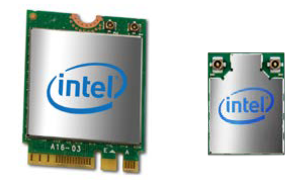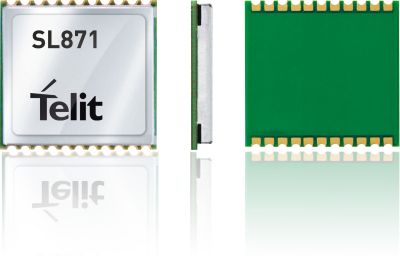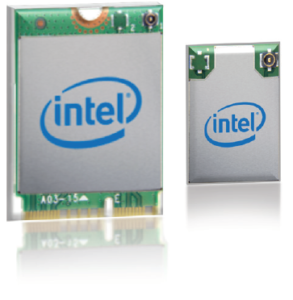Intel WiFi 6 Solutions
IEEE 802.11 ax or rather known as WiFi 6 is the latest WiFi Standard after WiFi 5 (IEEE 802.11 ac). The main advantages are higher data rates, lower latency and longer battery lifetime:
The WiFi 6 standard uses the OFDMA (orthogonal frequency-division multiple access), a modulation scheme for multi-user achieved by assigning subsets of subcarriers to individual users. Additionally the MU-MIMO (Multi User Multiple Input, Multiple Output) is used, so that a communication between the access point and several devices for in- and output is guaranteed. The use of OFDMA as well as MU-MIMO ends in a significantly reduced latency. Longer battery lifetime is achieved by the TWT (target wake time) function: the access point decides when the WiFi radio goes into sleep mode and when to wake up again. Compared to the WiFi 5 standard, WiFi 6 has up to 40% higher data rates.
Intel offers two WiFi 6 solutions:
The AX200 is coming with a PCIe interface for WiFi and a USB interface for Bluetooth 5. The AX201 is a CRF (Companion RF) module that uses the Intel proprietary interface (CNVio2) and therefor can be only used with selected Intel chipsets and platforms.
Both the Intel WiFi 6 AX200 and AX201 support 2×2 WiFi 6 technology including new features as Uplink/Downlink OFDMA, 1024QAM and data rates up to 2.4Gbps which results in smooth streaming of high resolution videos, fewer dropped connections and faster connections farther away from the router and in dense environments.
|
Intel WiFi 6 AX200 |
Intel WiFi 6 AX201 | |
| Code Name | Cyclone Peak 2 | Harrision Peak 2 |
| Estimated SW Support until | Q4 2025 | Q4 2025 |
| TX/RX Streams | 2×2 | 2×2 |
| Bands | 2.4GHz, 5GHz, 160MHz | 2.4GHz, 5GHz, 160MHz |
| Max Speed | 2.4Gbps | 2.4Gbps |
| Integrated Bluetooth | V5 | V5 |
| Form Factor | M.2 2230
M.2 1216 (SMD) |
M.2 2230
M.2 1216 (SMD) |
| Supported Operating System | Windows 10, 64-bit, Google Chrome OS, Linux | Windows 10, 64-bit, Google Chrome OS, Linux |
| System Interface Type | PCIe (WiFi), USB (BT) |
CNVio2 |










